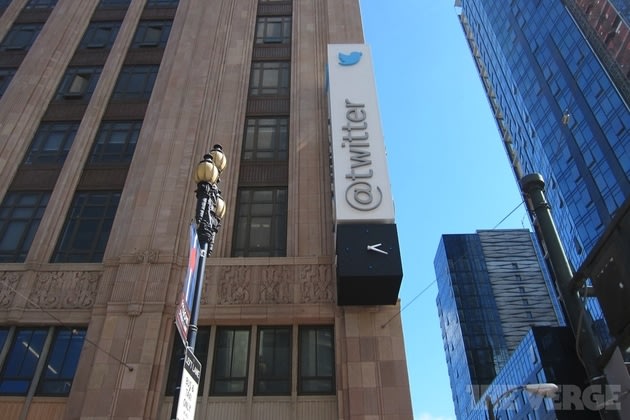Here’s Why Twitter Isn’t Profitable, and It’s Not Getting Better
Twitter publicly released its initial public offering registration statement late on Thursday and it was filled with tons of data about the fast-growing social network’s finances.

Some were expecting the company would be showing at least some profits, but Twitter reported a net loss of $69 million for the first half of 2013.
Looking through Twitter’s financial results, one number seems potentially out of whack for a major, public tech company, especially one that could soon have a stock market value of $15 billion to $20 billion. Twitter spent a whopping 44% of its revenue, or almost $112 million, on research and development through the first half of 2013.
Facebook (FB) spent 19% of its revenue on R&D over the same period. Review listing app Yelp (YELP), which has a market cap under $5 billion, spent 15%. LinkedIn (LNKD), valued at $27 billion, used 26%. Bigger companies spend far less even than that. Apple (AAPL) allocated just 2.5% of its revenue to R&D over the nine months ended June 30.
The rate of spending is also far higher than Google’s (GOOG) research budget was back when it went public. It spent $91 million, or a little under 10% of its revenue, on R&D in 2003 and $35 million, or 9% of revenue, in the first quarter of 2004. And if you travel all the way back to 1986, Microsoft (MSFT) spent 12% of its revenue on R&D in the year before it went public. Fast forward to today and Google spends about 14% of revenue on research while Microsoft allocated 13%.
Twitter's massive spending on future projects could create valuable services down the line but cuts sharply into the bottom line at present.
A long-term drag?
And Twitter's R&D issue doesn’t sound like it’s going to go away anytime soon. “We anticipate a significant increase in research and development expenses in the year ending December 31, 2013,” Twitter said in its filing Thursday.“We expect that research and development costs will increase in dollar amount for the foreseeable future and vary in the near term from period to period as a percentage of revenue,” Twitter added.
Twitter's IPO is expected to be priced in coming months and the deal should benefit from the recent rally in related social networking stocks. Shares of Facebook, for example, have doubled in the past three months on excitement about the company's growing ad revenue from mobile users.
Spending is not uncommon
Some investors argue that substantial R&D spending is appropriate for an early stage company like Twitter. Based in San Francisco, Twitter faces massive competition to hire the best engineering talent or acquire hot startups. And some much smaller companies that have gone public recently have reported spending even higher proportions of revenue on R&D.Computer security firm FireEye (FEYE), which went public in September, spent $24 million on R&D out of revenue of $32 million, a ratio of 75%, for example. But the company is fraction of Twitter’s size and expected market cap.
In some ways, the tactic resembles the way Jeff Bezos runs Amazon (AMZN). Potential profits generated from selling books and toys are plowed back into funding smaller, growth businesses like cloud hosting and ebooks instead of flowing to the bottom line. Bezos also buries his R&D spending within a category called "technology and content," which made up 9% of revenue in the first half of 2013.
A growing user base
In the much-anticipated IPO filing, Twitter also revealed that it had 218.3 million active users in the month of June, up 44% from a year earlier. Revenue of $253.6 million for the first half of the year was up 107% from 2012.Twitter disclosed major ownership stakes for the first time. Co-founder Evan Williams owns 12%, Benchmark Capital owns 6.7%, co-founder Jack Dorsey held 4.9% and CEO Dick Costolo had 1.6%.
The company said it plans to raise $1 billion in the IPO, but did not shed any light on how it would price its new shares or value the company. That will be up to the market, one that may or may not look kindly on all that research spending.
No comments:
Post a Comment